Even though AC has no polarity, almost all the power supply AC inputs or most AC powered device input terminals indicate line and neutral terminals as L and N just like in the following example:
Is there a fundamental reason to wire line to L and neutral to N but not the other way around? Could you give an example what might go wrong if one connects neural to L terminal and line to N terminal?


